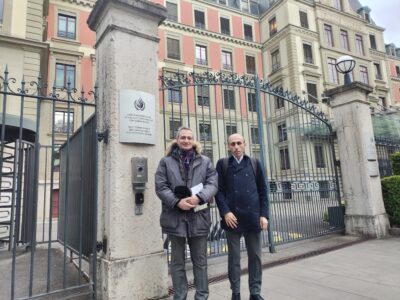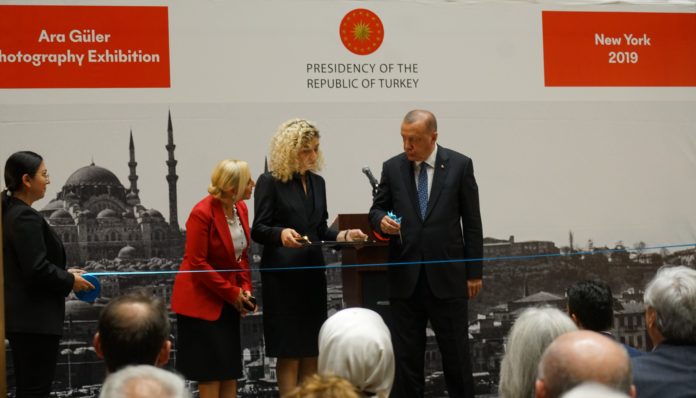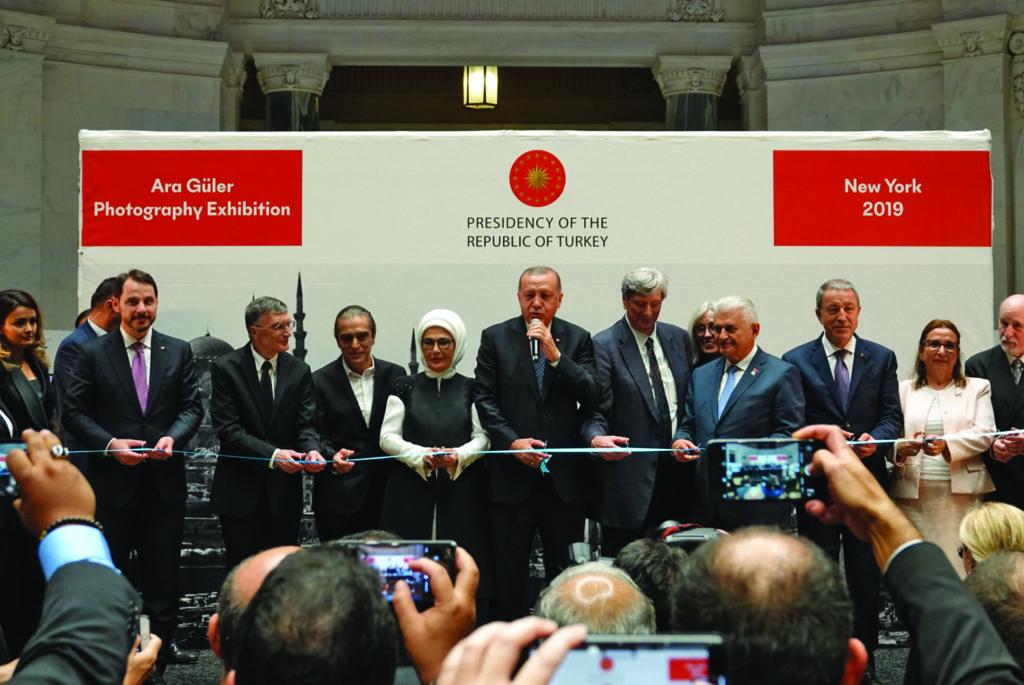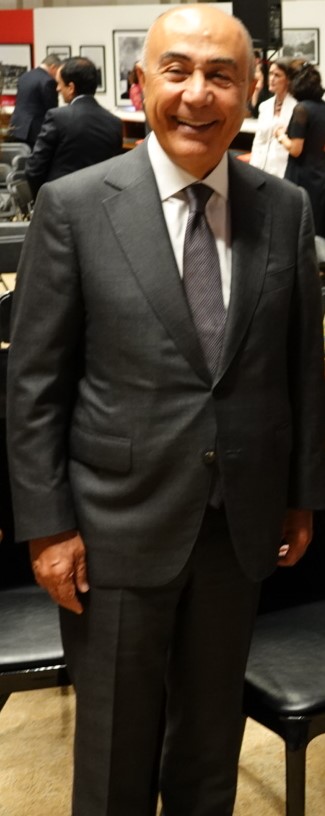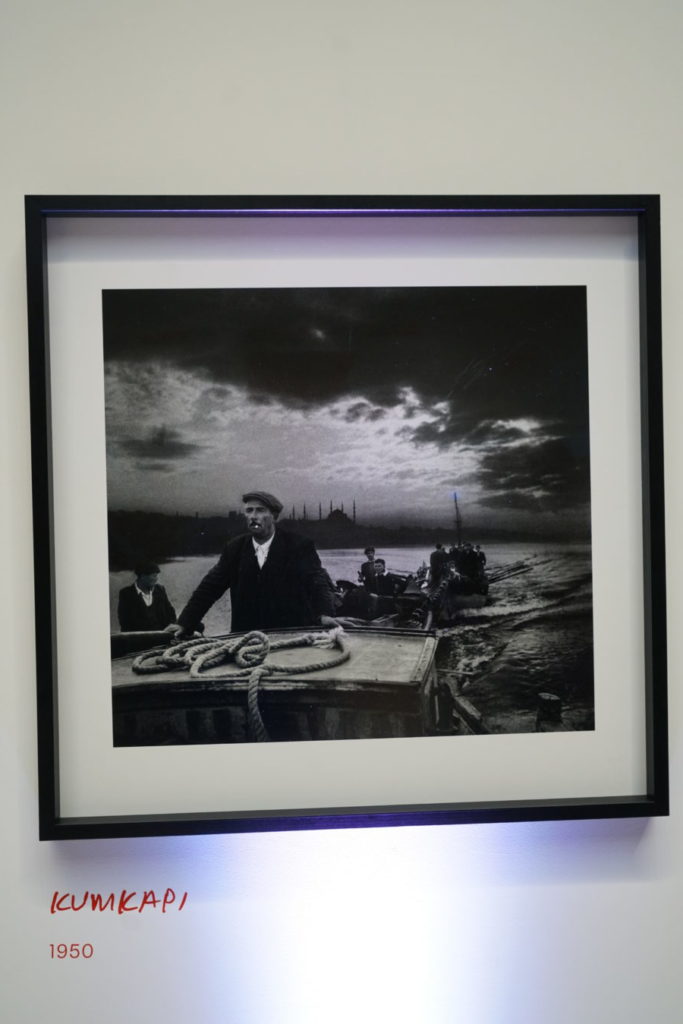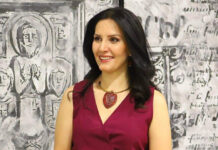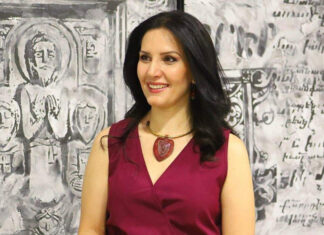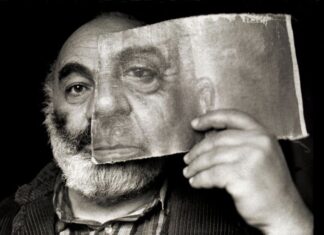NEW YORK — An exhibition of the works of award-winning Turkish-Armenian photographer Ara Güler (1928-2018), given the epithet of the “eye of Istanbul,” was inaugurated on September 23 at the Smithsonian National Museum of the American Indian in the Alexander Hamilton US Custom House in downtown New York City, near Wall Street.
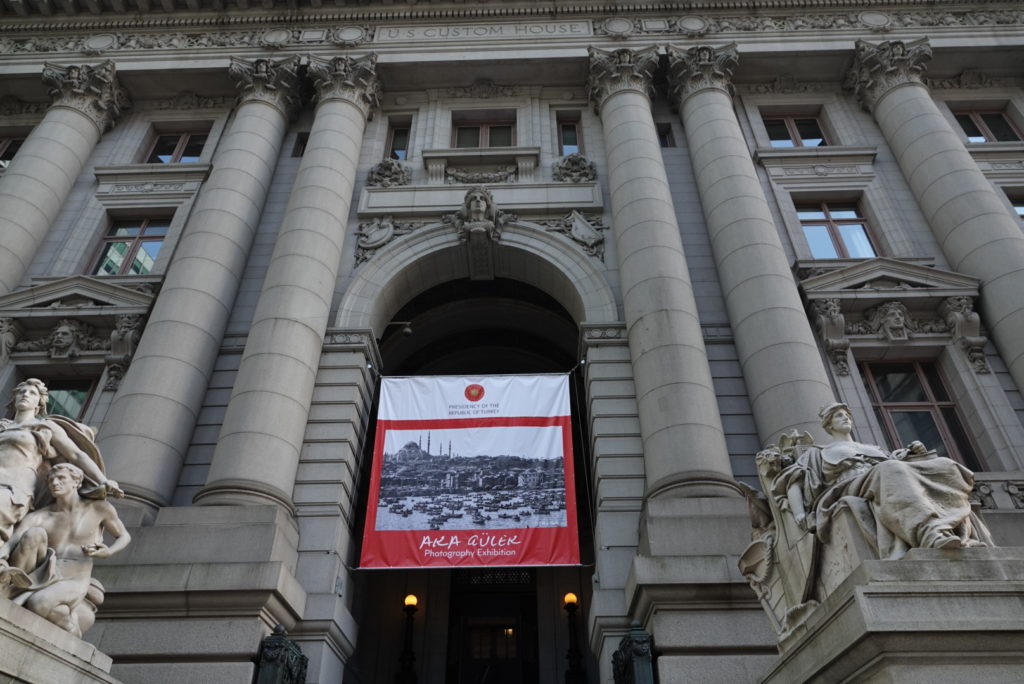
It is no coincidence that the exhibition, sponsored by the president of the Republic of Turkey, started at the same time as the 74th session of the United Nations General Assembly, which brings greater international attention to events in New York. The exhibition, opened with a speech by President Recep Tayyip Erdoğan, continues in New York until October 10.
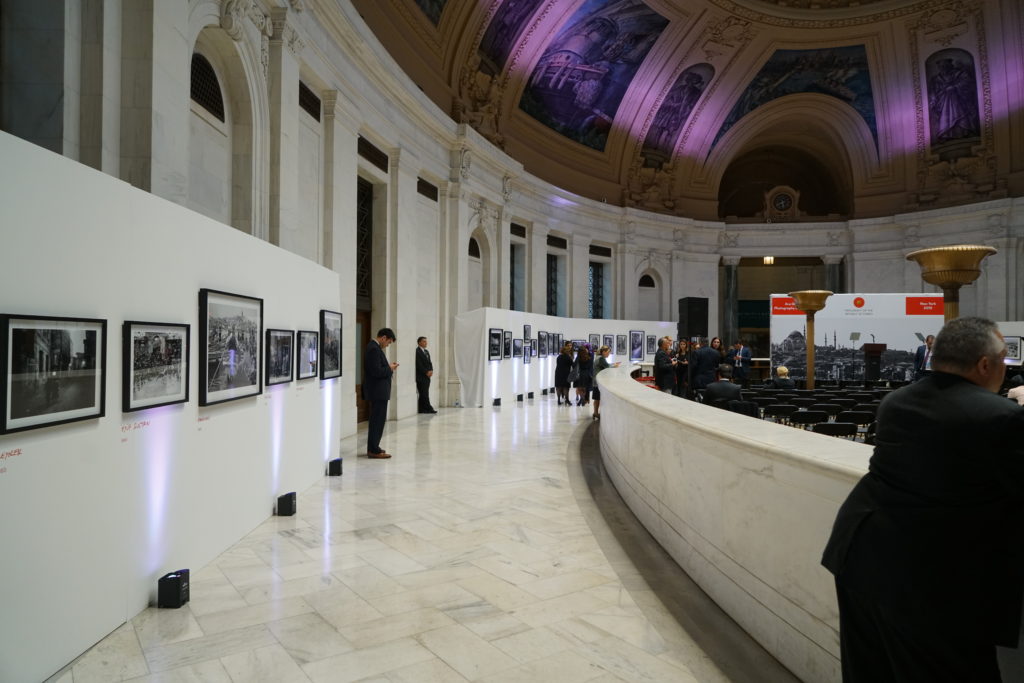
President Erdoğan entered the hall with his wife, Emine Gülbaran, and a large entourage of officials, who filled the first three or four rows of seats. Security was tight. Erdoğan’s daughter Esra and her husband Berat Albayrak, National Defense Minister Hulusi Akar, Trade Minister Ruhsar Pekcan, former Prime Minister Binali Yıldırım (now Justice and Development Party Izmir parliament deputy), Presidential Spokesman İbrahim Kalın and Turkish Nobel chemistry laureate Aziz Sancar were all present for this cultural event.
The Program
The evening commenced with a musical performance by Turkish pianist and composer Fahir Atakoğlu, who used a photograph of Istanbul by Güler on his 2008 album, “Istanbul in Blue.” John Bailey, president of the American Academy of Motion Picture Arts and Sciences from 2017 to 2019, then spoke. He called Güler very much a man of the people, a world traveler, who patiently could photograph both peasants and heads of states. He would go to great lengths to approach his subjects but would not cross certain lines. For example, after long efforts, he succeeded in obtaining access to Charlie Chaplin, but after seeing the latter’s sad state in old age, he declined to photograph the legendary actor.
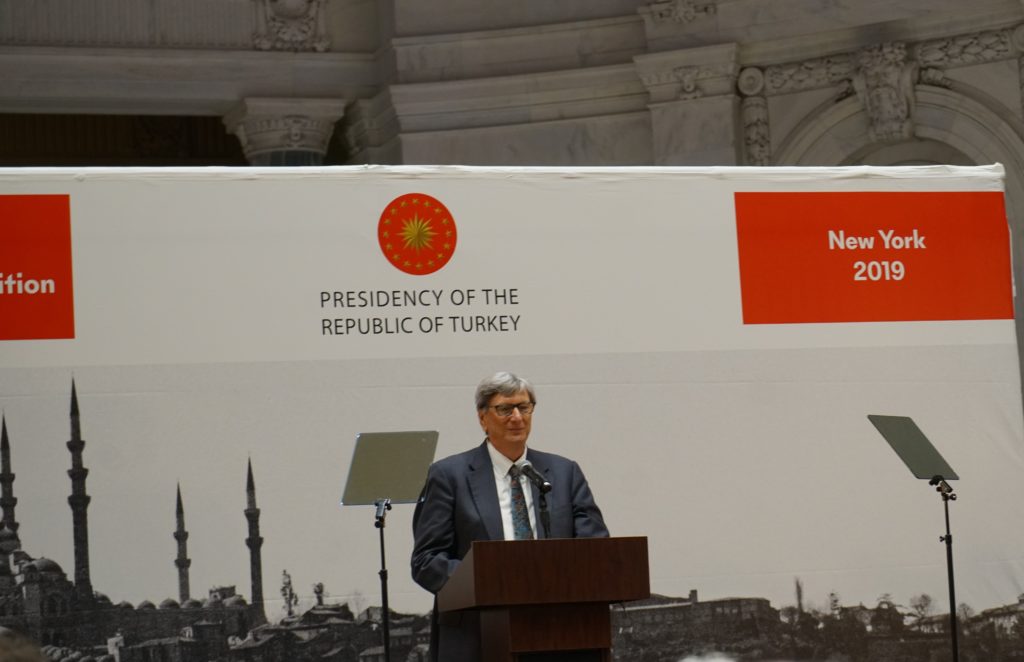
Bailey concluded with a famous definition of photojournalism by Güler, declaring, “The person running towards the explosion is a photojournalist. The one running away is not. Ara Güler ran toward his story. By doing so, he ran into history. Such is the man, such is the artist.”
